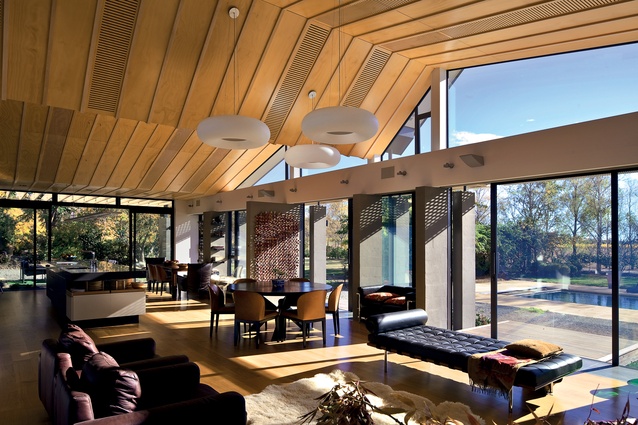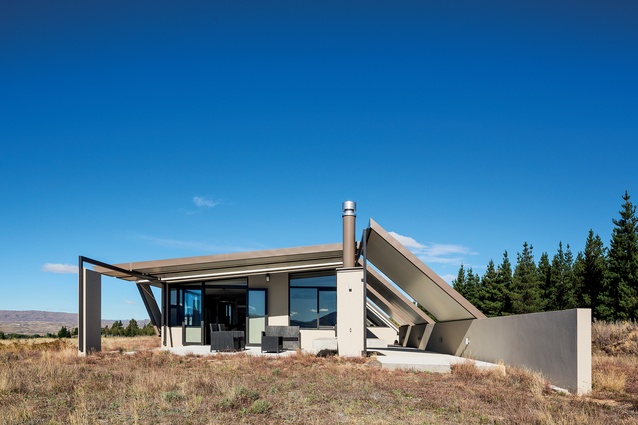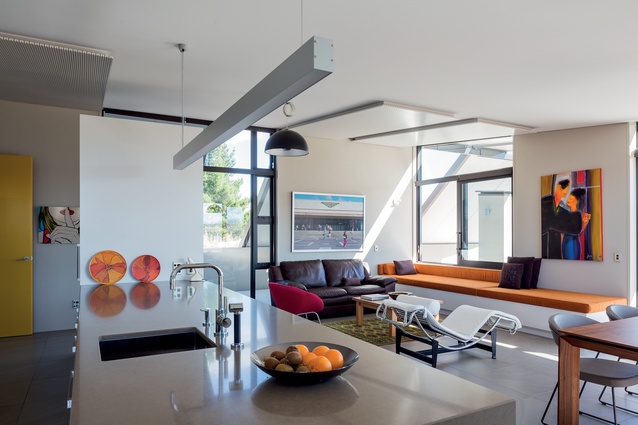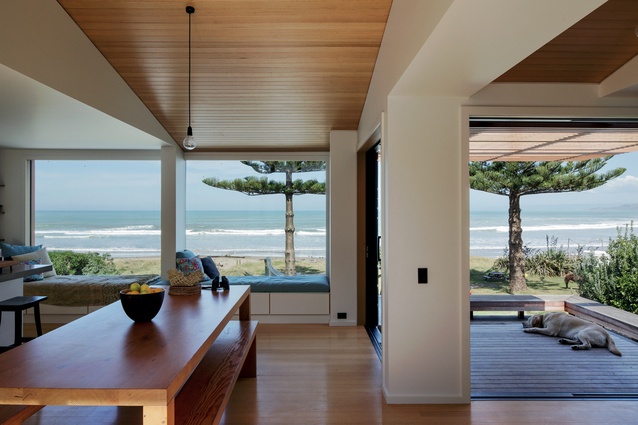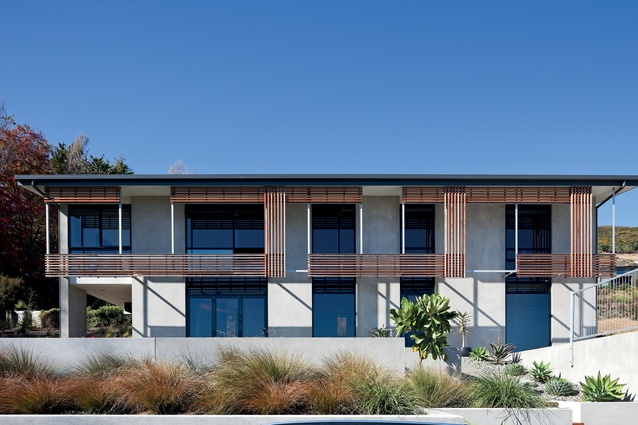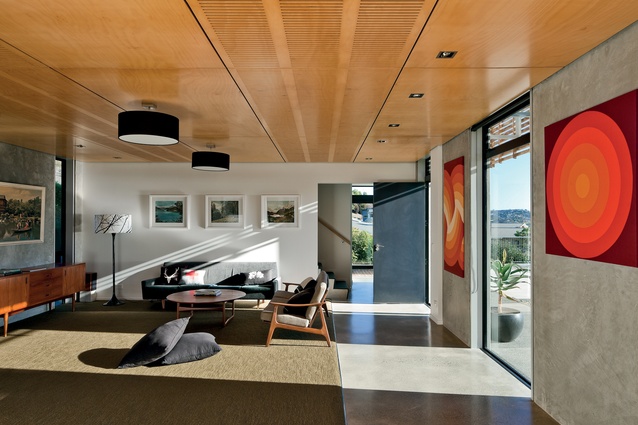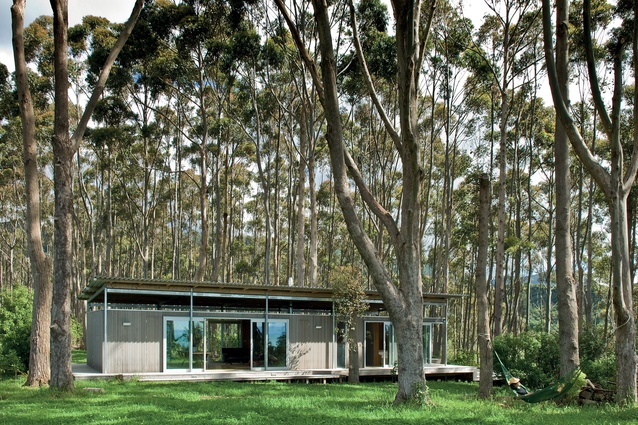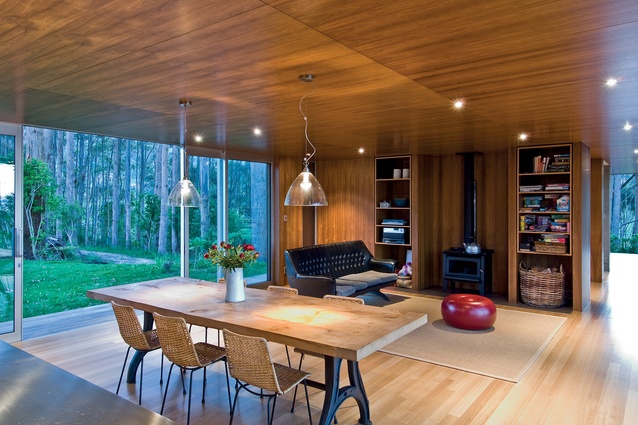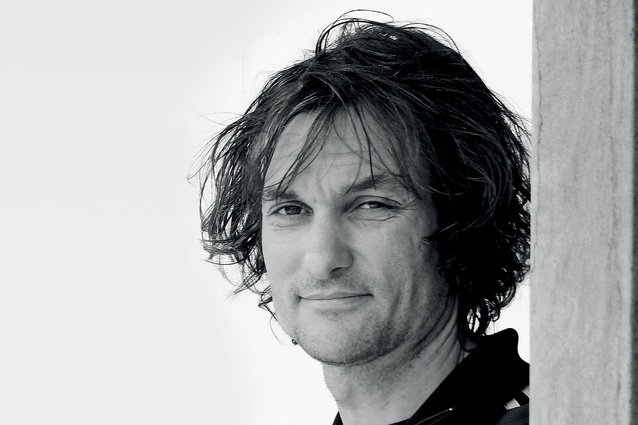Jeremy Smith of Irving Smith Jack
Nelson-based architect Jeremy Smith talks to Houses editor Justin Foote about the value of collaboration.
Justin Foote: What made you decide to become an architect?
Jeremy Smith: Probably through doing a lot of art at school. I always drew, always liked making things and while I don’t think I ever really understood what architecture was, I kind of levitated towards it. Although, I actually did something else before I became an architect.
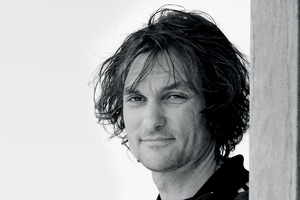
JF: What was that?
JS: Well, I went to Dunedin and in my first year did my architecture intermediate year and as I could only do one other paper besides that, I chose geology because it had lots of field trips and it looked like fun. Having finished one fantastic year down there I decided I’d better stay for two more – so I ended up doing a degree in geology and then I went on to study architecture and did the next two years. After that I had a bit of a break from university and went and worked for the Institute of Geology and Nuclear Sciences and then after a couple of years I went back to architecture.
JF: Any regrets about not pursuing geology?
JS: No; it wasn’t right for me. I got bored looking back millions of years all the time. Architecture looks back too, in terms of learning from what’s been done in the past, but within the context of moving forward and I’m much more interested in that than trying to work out what happened 45 million years ago.
JF: Are you Nelson born and bred?
JS: Yes, I grew up in Nelson. I left when I was 17 and swore I’d never come back – as you do at that age – then there came a point when it made sense to move back, so we’ve been back just over 10 years now.
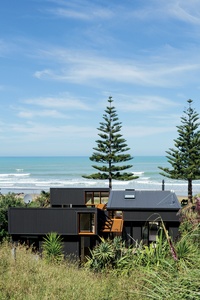
JF: How did you become Irving Smith Jack?
JS: I knew Ian (Jack) – we’d done some work experience together – and had met Andrew (Irving) and it just made sense, in terms of setting up an architecture practice together. I’ve always enjoyed the idea of being able to undertake a wide variety of projects and applying something that you may have learnt on a public project to your next job, which is like a little residential alteration. To be able to do that range of work, you’ve got to be of a certain size and that’s what we’ve been able to achieve with the practice.
JF: Do you tend to work independently of each other on your own projects or do you work collaboratively?
JS: We work very collaboratively. The office is set up that way. There’s an enormous table down the middle with everyone’s desks around it. Everyone has a private workstation facing away from it but when someone’s presenting or we’re critiquing we’re all focused on the centre — so everyone in the office is working on most of the jobs and knows what’s going on with every job.
JF: Was that the plan for the business from the start or has it evolved that way?
JS: It’s always been that way; I think that’s how all of us are as people. That’s how we work with clients too, in that we really try to get to know our clients before getting too far into a project with them. It doesn’t matter what they bring to the table – whether it’s other architects’ work, a poem they’ve written, or whether it’s an enormous brief – whatever it is that allows us to start having a discussion about what’s important to them and working that back to the why.
That’s our approach; we work most of our projects back to a question, which then provides a way right through the job, from the very start to the end, critiquing what we’re doing as we go as a way of keeping honest to that original intent. And that goes for any job, whether it’s a house or a museum.
JF: Do you find that the people who come to you are architecturally savvy?
JS: Generally yes. I won’t say all, but most of our clients certainly have done lots of research. Many of them have been to houses we’ve designed or they’ve seen them published and they often tend to turn up with questions about them, which is good. Building a house is a big commitment and I think most people these days tend to look around and talk to people – well I hope they do.
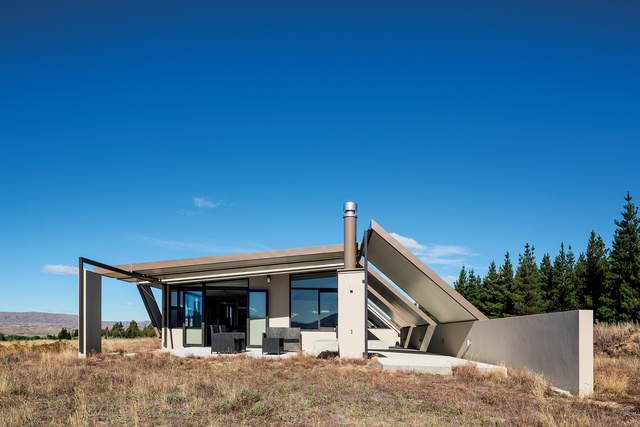
JF: What’s your ideal project? Is it having a client come to you even before they have the piece of land and you being involved in that process as well?
JS: Yes, and luckily that happens quite often. However, for me, what’s more important is that I’m really interested in people and it’s people who make architecture. How people live in their houses, that’s what you’ve got to nut out. So when we go and stand on the land the client’s just bought, wherever it is, we have a discussion about what’s inspired them. They’ve bought this bit of land where it is because they like it – but there’s something about it that they may not be able to express at that point and that’s the bit that you’ve got to grab onto and solve. Because that’s the fun of it.
JF: Is there a particular style, or architect, that you’re personally passionate about?
JS: I’ve recently returned to university, doing a doctorate, so I’ve been reading more and more and that’s one of the joys of rediscovering architecture in an academic sense. But, as much as anything, you learn from the people you work with and interact with. I’ve been really lucky in terms of the practices I worked in before setting up here – Malcolm Walker in Auckland and Peter Elliot in Australia, and both of them were just fantastic and you also learn off the people you work with. That’s why we work collaboratively here, because we all learn off each other. At the moment we’ve got a series of projects that we’re collaborating on with other practices, so again we’re learning off them, which is absolutely fantastic.
JF: You mentioned a doctorate. Are you now looking back on what you’ve done with a critical academic eye? Are you seeing any common threads?
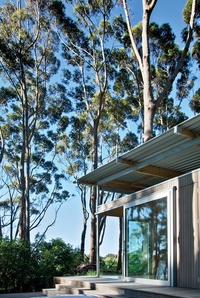
JS: Yes, absolutely. I have a way of working through how I formulate spaces and then certainly there’s a lead right through them and while they go off in little directions – different shapes or different materials and how people live differently – there’s definitely an approach to how they present themselves. Personally, and as a practice, we like cardboard modelling. We just do it throughout a job and we often have three or more models of each house, pulling bits off and trying different elements.
It’s a really good strategy for trying to make each element of a building work really hard – if everything in the building does one job that’s okay, but if it does two, that’s even better, so we really do try to get each element working hard in the building. And then that runs right through everything. That’s not a formal thing, it’s an approach thing, and then there are leads through all the houses – well I hope there is. I can see them.
JF: As a practice, you work across all disciplines and have projects throughout the country. If you could put a building anywhere in New Zealand, what type of building would it be and where would you put it?
JS: I don’t know if I can answer that. My family would say: one for us. Again, for me, it’s more about the people and the relationships rather than the location. Many of the residential projects I’ve worked on I’ve ended up becoming friends with the clients because you spend so much time getting to know each other, and there’s a great reward in all that.
For example, the bach with two roofs project, I’ve become really, really good friends with the owners of that project. They’re absolutely lovely and we’ve just been pottering away doing more and more to it, adding extra bits and it’s incredibly rewarding and incredible fun.
Then, at the other end of the scale, there’s the Whakatane library job, which was very much culturally uplifting, putting a library into the Briscoes building there. The thing that was so fantastic about that job was that the number of people visiting the library went from 30 a day to over 1,000 and it actually ran out of books. I got a huge amount of satisfaction from that. That’s the reward.
JF: What about outside of architecture – what are your interests?
JS: We like to travel a bit. One of the consequences of living in a beach town is that we tend to visit cities on our holidays, which does mean that even on holiday there’s an architectural focus. But it is also a nice way to travel because many of the buildings that I find interesting are often in funny places so you embark on these little adventures in search of them. I also do a wee bit of painting and drawing but I don’t really have time for doing a whole lot of other things.


